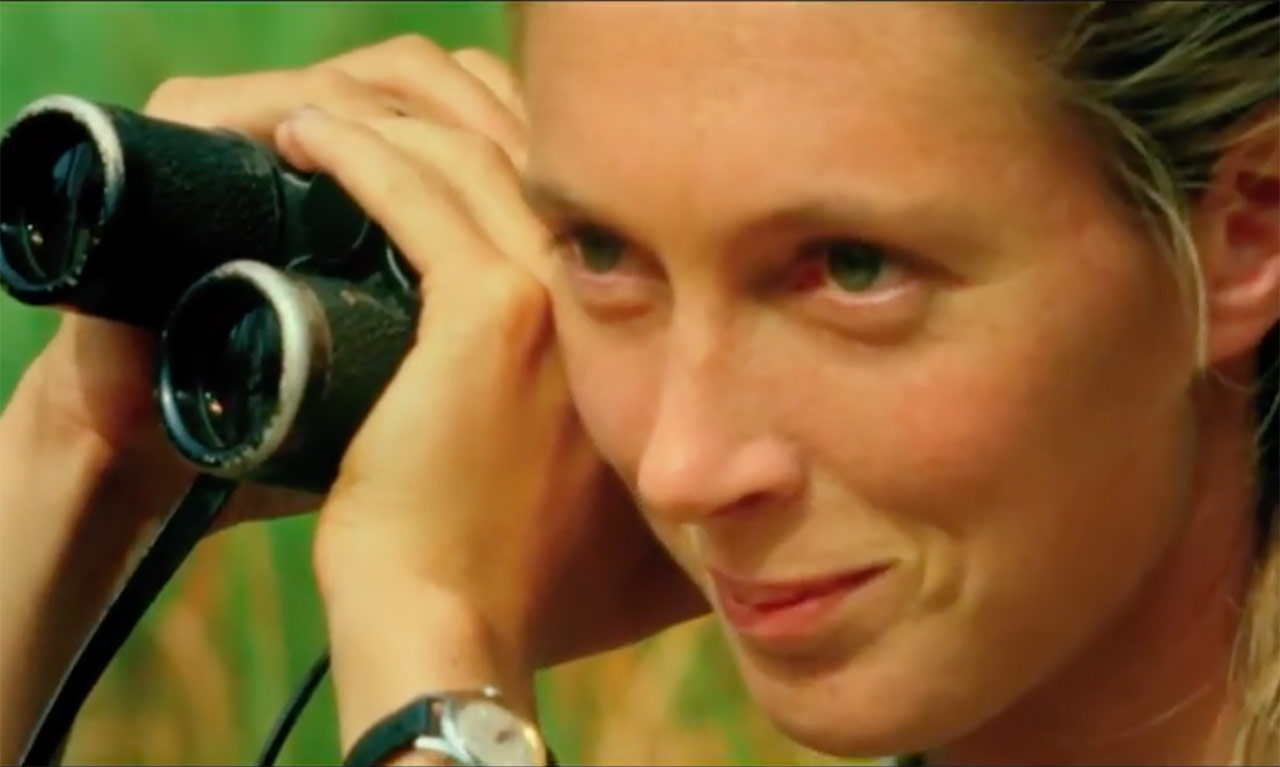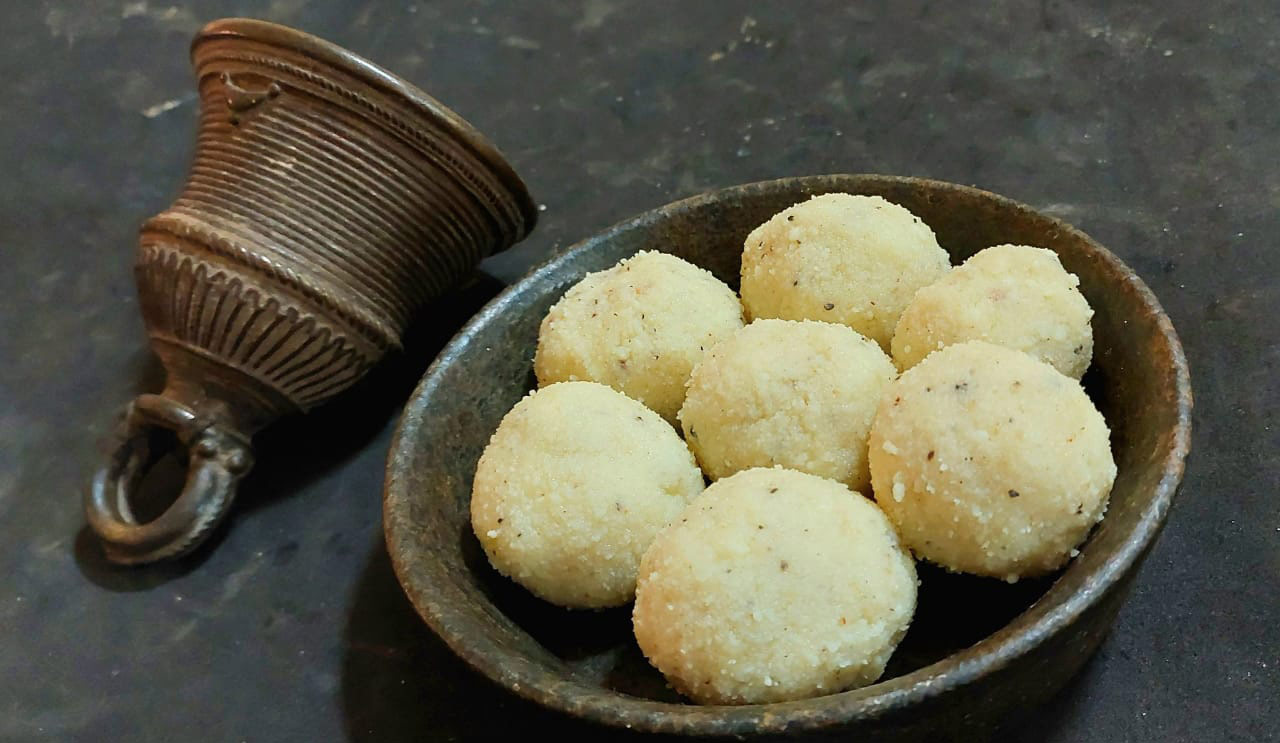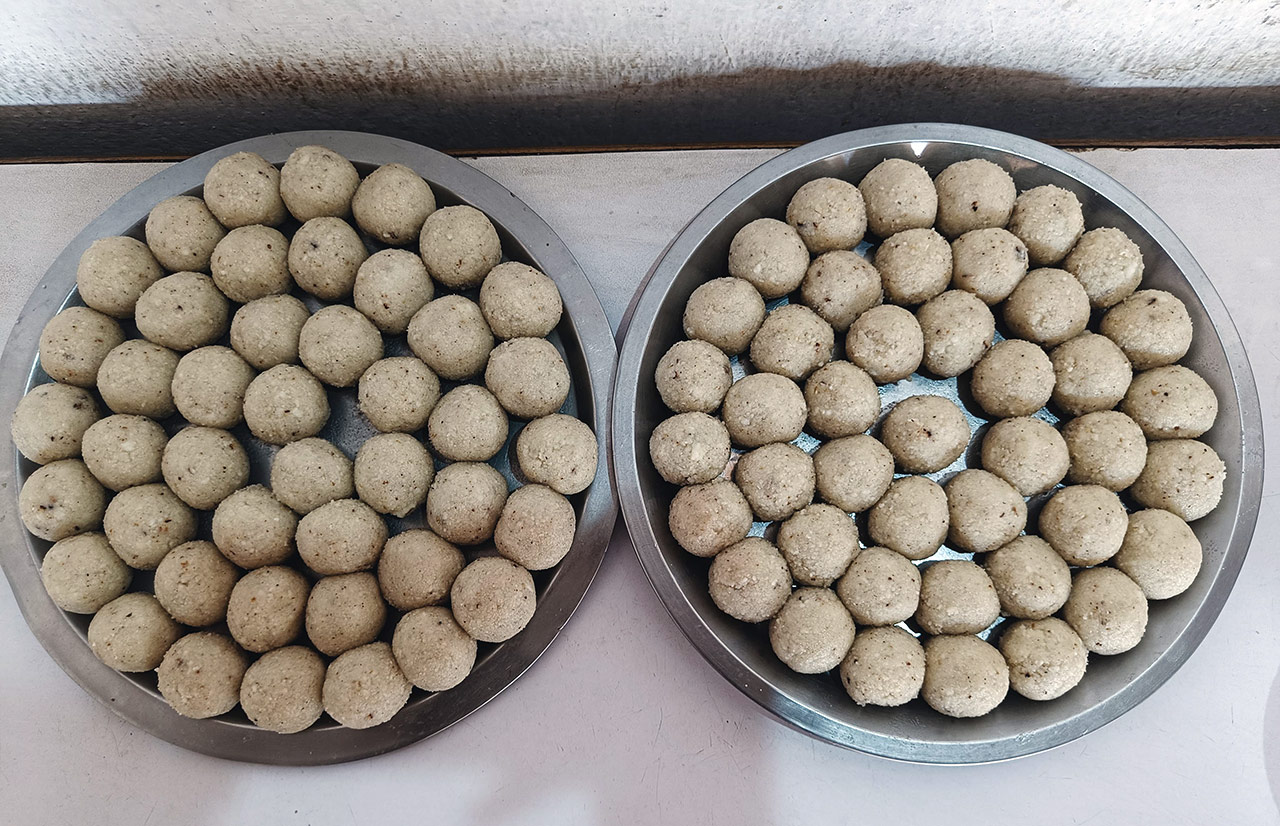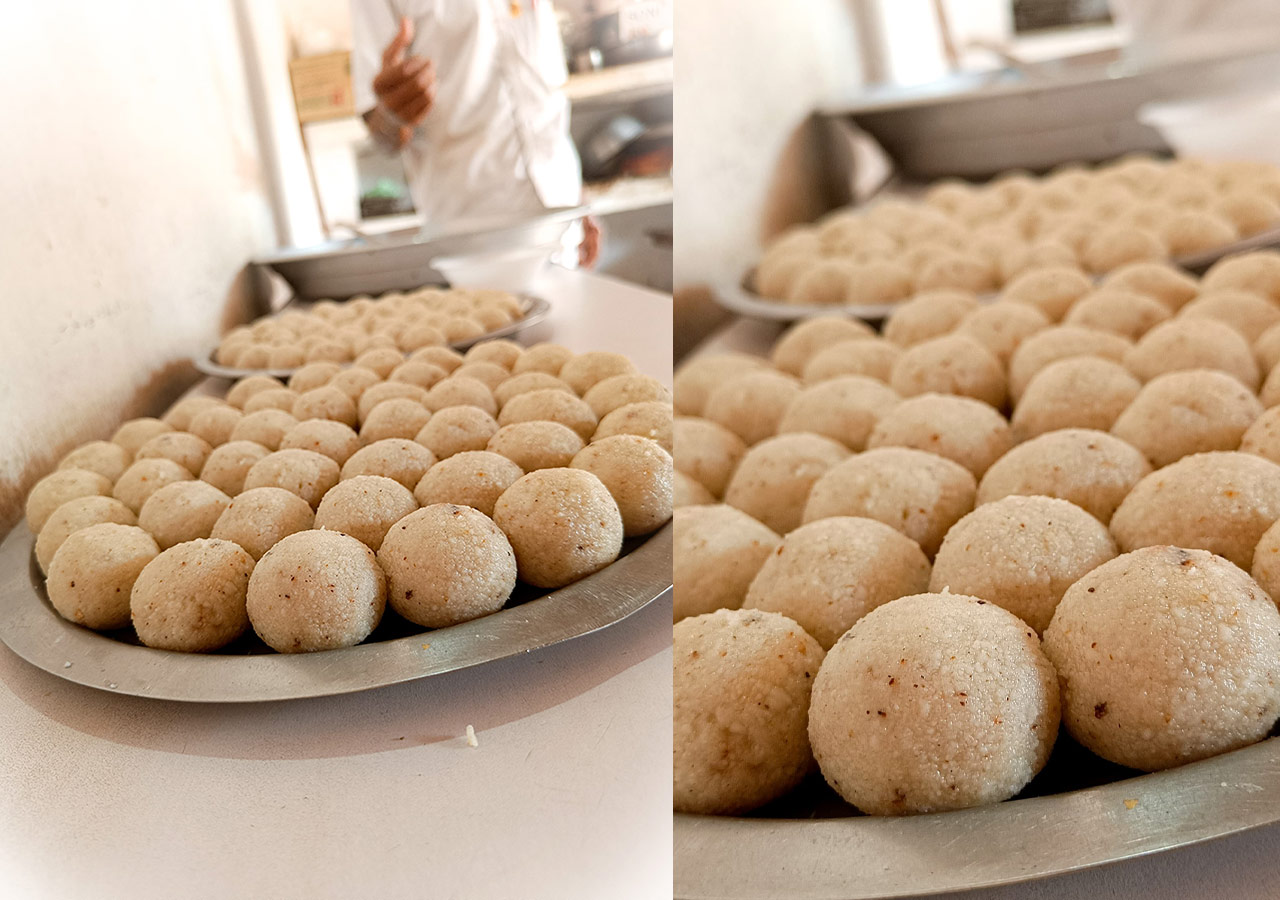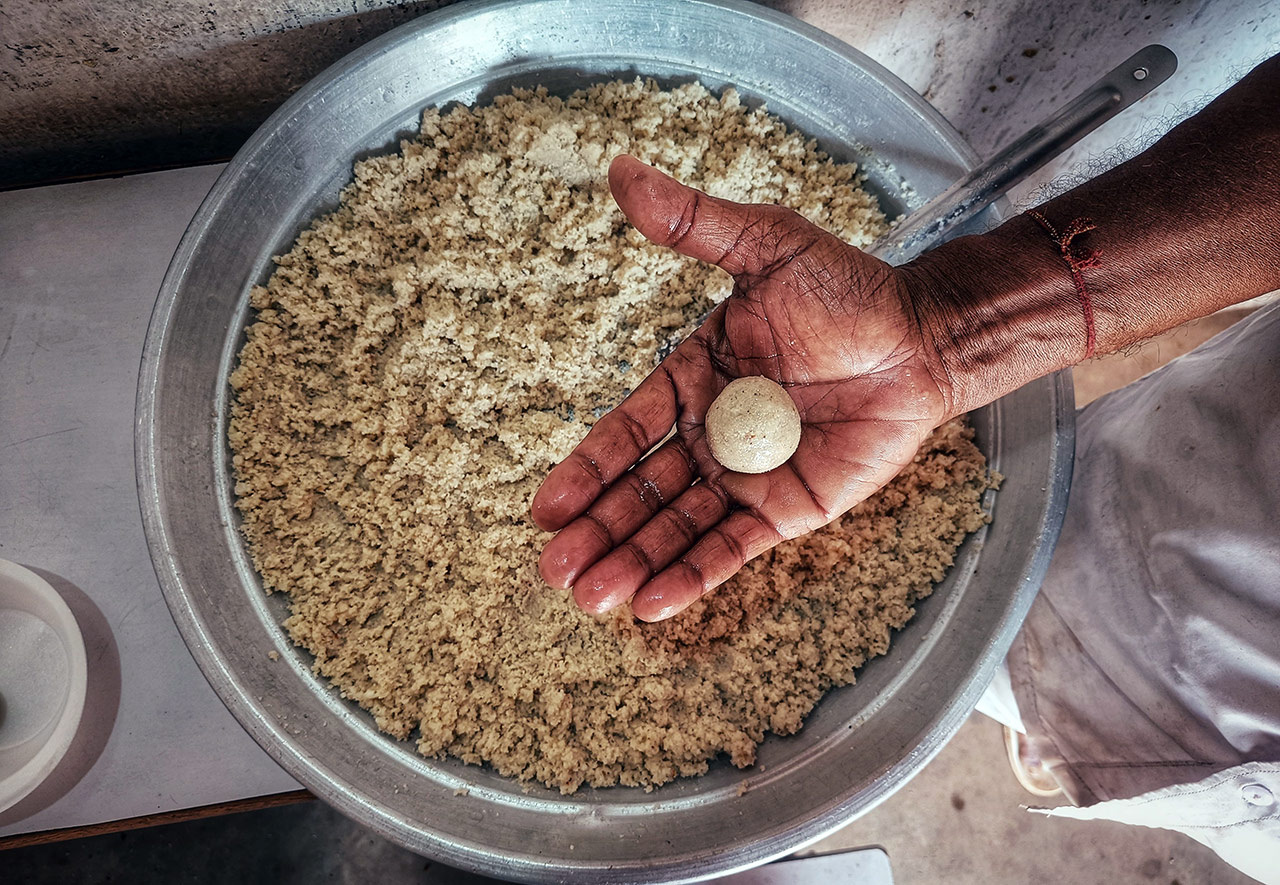
All About Drip Marketing
Drip marketing is a communication strategy tactic in which regular emails are sent to customers. The result of this kind of communication is the recognition of your name and company’s brand.
It’s such an exciting name. This type of marketing is borrowed from agriculture, where they use drip irrigation: constant and balanced irrigation of crops leads to a good harvest. Letters consist of a chain. They are sent at certain intervals and are timed to coincide with specific events. In this way, the customer is moved along the sales funnel, gradually leading to a purchase or other targeted action planned by the company.
Creating a drip email marketing from your website dashboard is the most convenient way. With this approach, all your business information, reports, and email newsletter data will be centered in one place. If you are looking for a service to handle these tasks, here are the best services:
- Gumroad is a widely-used place to sell digital products and services. Now, the service still has an email feature that allows you to collect and store data about potential and existing customers. You can then segment based on numerous features and send updates about your products.
- Drip Email Marketing – Selzy is a multifunctional online service designed to organize email newsletters in your email list.
- ConvertKit is a service where you can send targeted messages to subscribers based on their interactions with your emails. The system also has standard schemas using which you can quickly create messages tailored to any situation.
Types Of Drip Marketing Campaigns
Drip marketing involves relevant content and email newsletters as a way to connect with subscribers and target customer behaviors and actions.
Types of drip marketing campaigns are:
- Association Drops. This campaign aims to form an association with your product in people’s minds. For example, many people associate soda with Coca-Cola.
- Educational Drops provide information to the customer about the product’s benefits and advantages to prepare them for a purchase.
- Status Changing Drops. This campaign involves various methods to regain customers’ interest in the product.
- Competitive Drops. It is designed to turn those who buy products or services from your competitors into your customers. Alternatively, the campaign can be applied when a person compares the features of the same or similar products from different manufacturers. Here, the assignment is to show how your products are better than your competitors.
- Promotional Drops. This campaign involves time-limited promotions and offers.
- Training Drops. It refers to different courses and online training, submitted as emails that may end with some task. It is possible to achieve a particular result by completing the courses.
Drip marketing involves mailings based on user actions. It allows you to stay in touch with groups of people, such as when a user signs up for an account. Each newsletter is sent from a queue of already-written emails, so there is no need to manually write and send them. Newsletters can even be personalized.
Benefits of the Strategy
When using this outreach method, it should be noted that it is a soft relationship development rather than an aggressive sales pitch. The action builds trust and loyalty. It also keeps customers from forgetting about the brand and guides them through the sales funnel, converting them into customers.
The main benefits of drip marketing campaigns are as follows:
- Increased sales. An elaborate drip mailing neatly and unobtrusively promotes the customer through the sales funnel. Letters gradually reveal product benefits or promote content that also promotes the product. “Droplets” nudge customers toward a sale at just the right moment, such as reminding them of an abandoned shopping cart.
- Drip mailings simplify the marketer’s job. Because they are automated, marketers don’t have to do routine activities. Their time is freed up for strategies, creative campaigns, and other tasks.
- Increased engagement. When a brand reminds you, it communicates with users and builds trust. Audience surveys, soliciting feedback, and reviews make it clear that the brand is ready to hear from customers, and those customers become more willing to respond to the company’s messages. Also, the business better understands the audience’s interests through engagement tools.
How to Set Up a Drip Campaign

You may want to gain new customers or generate brand awareness. Regardless of your aim, you must have a clear goal in mind when developing a drip campaign. Let’s further explore each stage of a drip campaign in a little more detail.
Identify Your Target Audience
Digital marketing is not a one-size-fits-all story; it works best when messages to users are personalized. To make emails more personal, break your target audience into segments – that way, you’ll have an easier time figuring out the main message for each user group.
Plan Your Campaign
At this stage, you should know the purpose of the mailing and what groups of people you’ll be sending it to. But how many emails should you create, and how often should they be sent? You want your audience to be interested and engaged, but you don’t want to annoy them with too much content.
Create Compelling Content
Brands, like people, have personalities. Help your clients recognize and love your project by creating a memorable brand. Determine how you want to communicate with your clients—relaxed or professional, using slang and humor, or strict and businesslike.
Start the Campaign
Once you’ve created the emails and finalized your strategy, it’s time to send them to your audience. Since the process is automated, you only need to set an initial trigger and specify the number of days between emails.
Optimize Your Strategy
As with any good marketing campaign, you should constantly adapt your strategy to improve your results. If a campaign isn’t reaching its goal, you may need to change audience segments, adjust content, or change the timing of emails.
What’s the Most Important Thing about Drip Marketing
Personalization of emails is crucial for the success of drip marketing, so the company needs to get information about the user before launching the mailing. If this is not done, the emails will look like regular mass mailings and the customer may lose interest in them. Another critical factor is the regularity with which the emails are sent. Drip marketing is an essential part of nurturing a lead, and for good growth, customers need to be “watered” constantly. Ensure the emails remind you of the company but are not intrusive.















